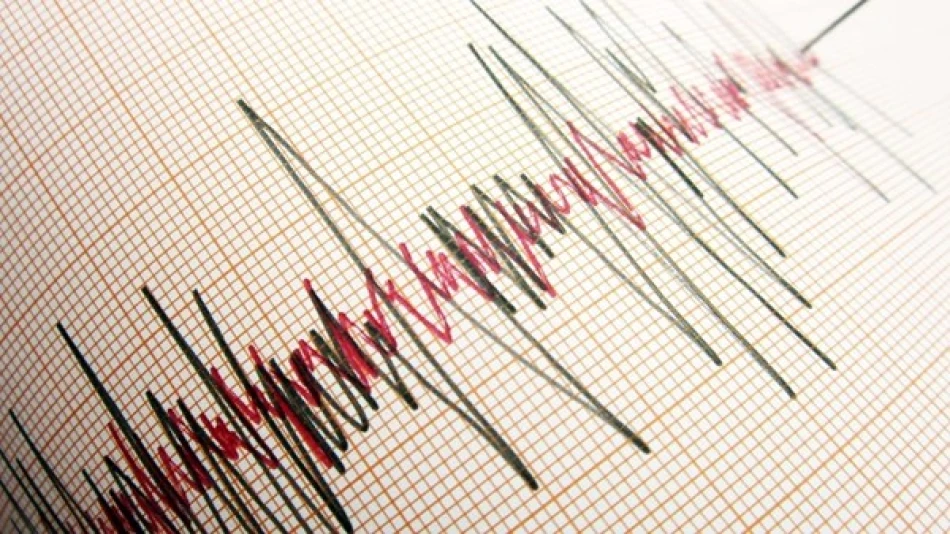
Powerful 6.7 Magnitude Earthquake Rattles Russia's Kuril Islands
Major 7.0 Earthquake Strikes Russia's Kuril Islands, Highlighting Seismic Risks in Disputed Pacific Chain
A powerful earthquake measuring up to 7.0 on the Richter scale struck Russia's Kuril Islands on Sunday, underscoring the volatile geological nature of this strategically important but seismically active Pacific archipelago. The tremor, recorded at a shallow depth of 10 kilometers, represents one of the stronger seismic events in the region this year and serves as a reminder of the natural hazards facing communities along the Pacific Ring of Fire.
Conflicting Measurements Reflect Detection Challenges
The earthquake's magnitude varied between monitoring agencies, with Germany's Centre for Geosciences Research (GFZ) initially recording the quake at 6.35 before revising it upward to 6.7. Meanwhile, the U.S. Geological Survey measured the tremor at 7.0 degrees. Such discrepancies are common in remote seismic events, particularly in the immediate aftermath when data from multiple monitoring stations is still being processed and calibrated.
The relatively shallow depth of 10 kilometers likely amplified the earthquake's intensity, as shallow quakes typically produce stronger surface shaking than deeper events of similar magnitude.
Kuril Islands: A Seismic Hotspot in Geopolitical Spotlight
Geographic and Geological Significance
The Kuril Islands stretch across 1,300 kilometers between Russia's Kamchatka Peninsula and Japan's Hokkaido, sitting directly on one of the world's most seismically active zones. This volcanic archipelago lies along the Pacific Ring of Fire, where the Pacific Plate subducts beneath the North American and Eurasian plates, creating intense geological pressure that regularly manifests in earthquakes and volcanic activity.
Historical Context of Regional Seismicity
The Kuril-Kamchatka region experiences frequent seismic activity, with several notable earthquakes in recent decades. In 2006, a magnitude 8.3 earthquake struck the central Kurils, generating a Pacific-wide tsunami warning. More recently, the area has seen increased volcanic activity alongside seismic events, reflecting the interconnected nature of the region's geological systems.
This latest earthquake follows a pattern of heightened seismic activity across the Pacific Ring of Fire in 2024, with significant tremors recorded in Japan, Indonesia, and the Philippines, suggesting possible increased tectonic stress along major fault systems.
Limited Immediate Impact Due to Sparse Population
The remote location of the Kuril Islands likely limited the immediate human impact of Sunday's earthquake. The archipelago has a sparse population of fewer than 20,000 residents, mostly concentrated in fishing communities and military installations. However, the shallow depth and significant magnitude would have produced considerable ground shaking across the affected islands.
No immediate tsunami warnings were reported, though seismic events of this magnitude in oceanic settings typically warrant careful monitoring for potential wave generation. The earthquake's location and characteristics will likely be studied extensively to better understand tsunami risk assessment in the region.
Broader Implications for Pacific Rim Preparedness
This earthquake serves as a crucial reminder of the ongoing seismic risks facing Pacific Rim nations. For countries like Japan, which maintains territorial claims over the southern Kurils, such events underscore the importance of robust earthquake preparedness and early warning systems.
The event also highlights the challenges of monitoring and responding to natural disasters in remote, disputed territories where international cooperation on scientific data sharing and emergency response can be complicated by geopolitical tensions.
 Layla Al Mansoori
Layla Al Mansoori







